Whether an image is spectacular or otherwise, a photograph is a representation of all the words that we choose to say…or not say. Photography is a medium, unique to perhaps all other mediums, which has the potential to convey thoughts and feelings without saying a word. You might say it’s worth a thousand words.
In today’s current photographic climate which is saturated with selfies, cellphone snaps, and impromptu portraits, have we forgotten the weight a photograph can carry? It’s an easy mistake to make and also a crime that we all commit from time to time. In case you have managed to forget, allow me to remind you of just how important the photographs you make can truly be.

Photographs represent ourselves and how we see the world
The images that spew forth from our cameras are more than just bits of film or clusters of ones and zeros. Photographs are representations. Not just representations of time and events, of light and shadows, and splashes of vibrant colors. No, a photograph speaks to our own emotions and to the thoughts and emotions of others. They allow us to express our own feelings and inner workings in a uniquely personal way.
The photo could be a portrait that snatches a piece of the person’s elation or sorrow. It could be a photo of a morning sunrise reaching up over a snow covered mountain. Whatever the image is, there lives inside it the potential power to unveil a moment of emotionalism that may otherwise have remained covered.

Like all forms of art, that power connects our mind (or even our soul) to that of the viewer, however briefly.
Photographs are records of reality
I’m about to say something that is completely arguable, non-provable, and likely inflammatory – even though it’s not intended to start a debate. Brace yourselves because here it goes….
Photography is one of the only artistic mediums that can portray the static reality of time and events fluidly mixed with personal expression.

What I mean is that a painting displays a world that is filtered through the artist’s physical movements. The same is true for sculpture and other tactile forms of art. While the beauty and emotive content are absolutely the same in these other mediums, photography differs immensely in that it records the same world we all see, free of physical (usually) interruptions brought on by the photographer.

The inherent merits of photography are that our images capture still moments of reality which is readily viewed all around us. A photograph, after all, is just a picture of “something.” Hence, it’s simply a record of different points of reality. The magic happens, and thus the art, when the image is captured in such a way that it become more than just the sum of its parts.

It transcends the simple nature of being just a picture. If that sounds a little deep that’s because it is – but it’s also true. Making an image is more than just pressing a button. It’s a capture of a moment in time that will never come again. Always remember that every photograph you make has the ability to transport a viewer to a place and time they have never been and could never have witnessed otherwise.
Photographs are mechanisms of change
Photographs show what is good and right with our world. Just as true, photographs document what is all too often ugly, cruel, and evil as well. This duality itself is beautiful because it means that photography can be a powerful conduit for change. As first-hand accounts of events and human nature, photographs are visceral mechanisms that can spur awareness and make people take notice.

Photos help in raising political advocacy which can affect the policies of entire nations and governments. They show the wonders of our natural world so that those places can be protected for the countless generations which will come after we are gone. They demonstrate the determinants of pollution, climate change, and species degradation that might otherwise have gone unnoticed.

Seeing, after all, is believing. And nothing makes people see more than does a strong photograph.
Never forget…
Not all photographs have to be powerful expressions for social change or be plastered on the covers of national magazines in order to be important. I mean, making photographs is just plain fun…especially to fellow photo geeks like me. Sometimes we make images that are only meaningful to us and eventually end up in the trash bin.

Still, we should never forget the weight that our work can and does carry. Our photographs speak loudly and sometimes they whisper. But they do speak. Always remember that. Be mindful of what your photographs might say…and just as importantly, the words they leave out.
The post Worth a Thousand Words: The Story of a Photograph by Adam Welch appeared first on Digital Photography School.




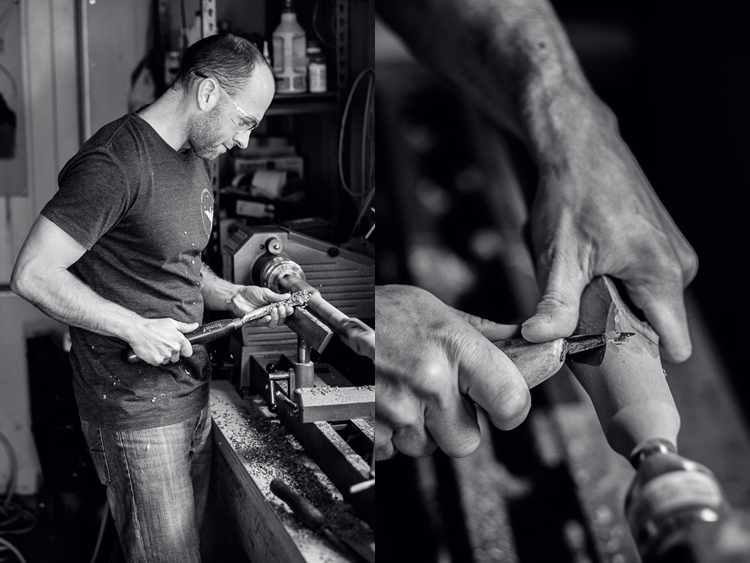
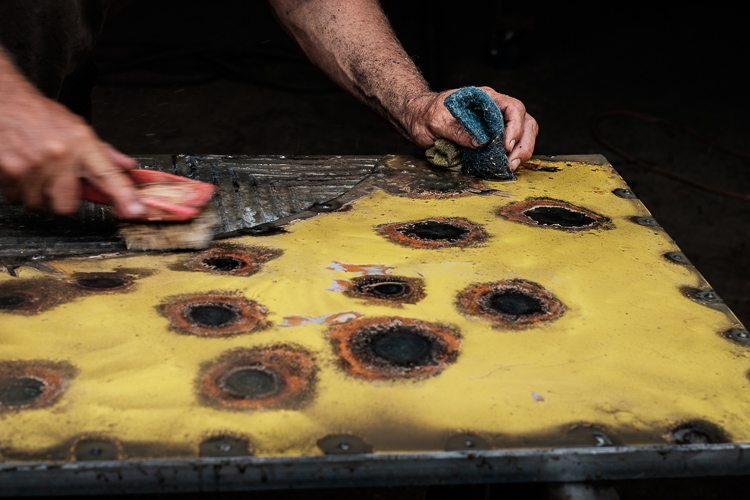

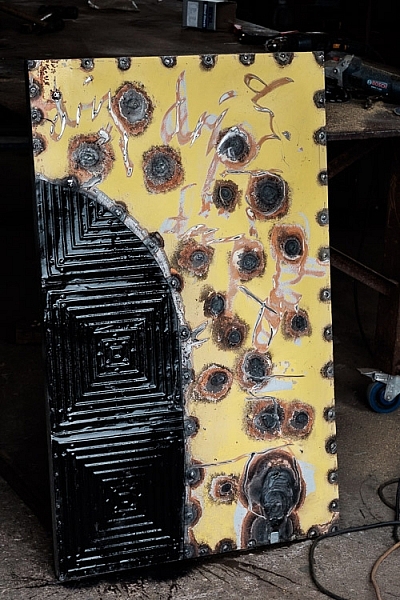

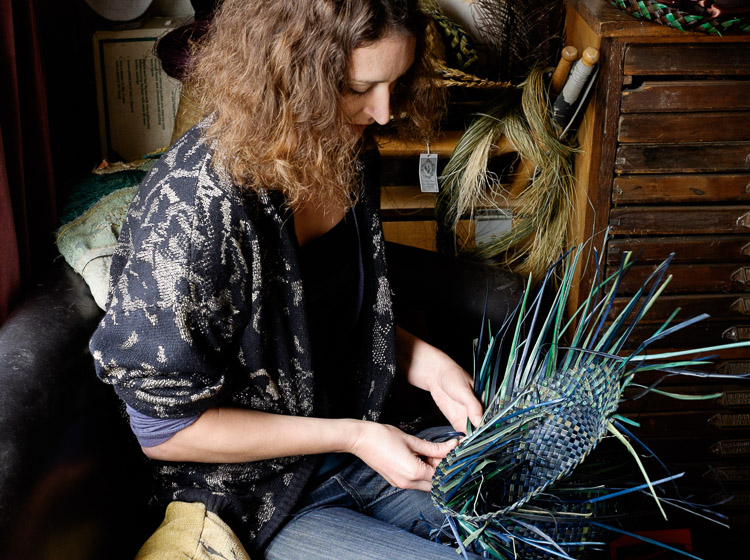





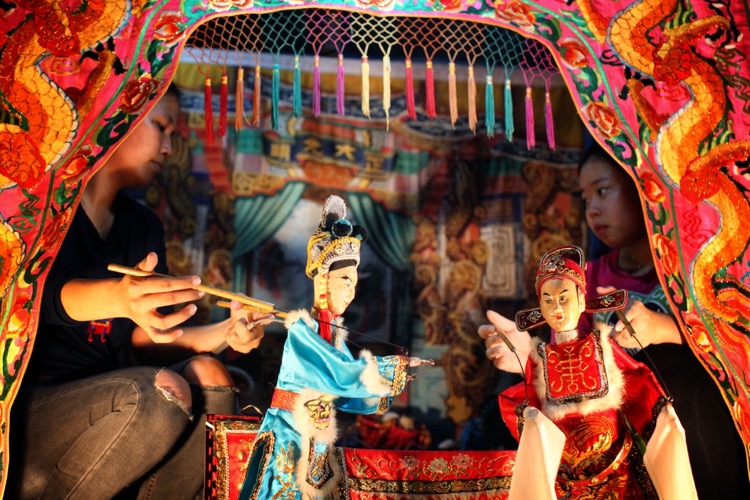



















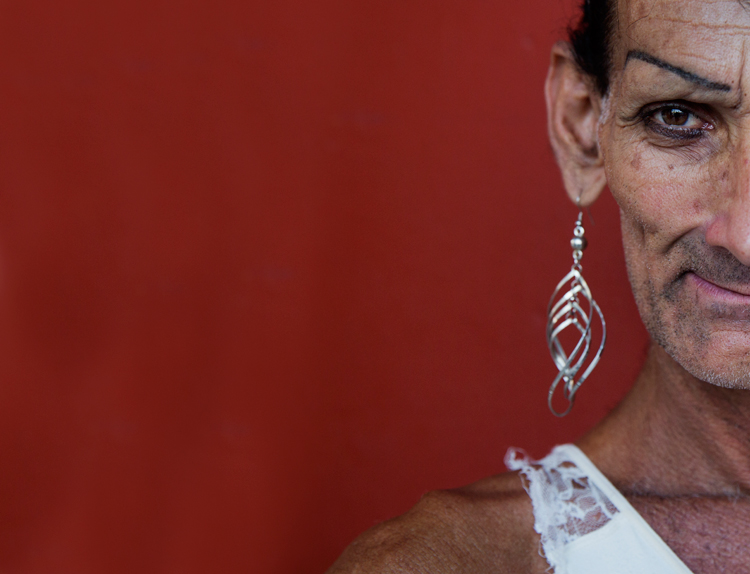






You must be logged in to post a comment.